PUBLICATION OF THIS BOOK HAS BEEN AIDED BY A GRANT FROM THE BEVINGTON FUND .
The University of Chicago Press, Chicago 60637
The University of Chicago Press, Ltd., London
2018 by The University of Chicago
All rights reserved. No part of this book may be used or reproduced in any manner whatsoever without written permission, except in the case of brief quotations in critical articles and reviews. For more information, contact the University of Chicago Press, 1427 E. 60th St., Chicago, IL 60637.
Published 2018
Printed in the United States of America
27 26 25 24 23 22 21 20 19 18 1 2 3 4 5
ISBN-13: 978-0-226-58013-5 (cloth)
ISBN-13: 978-0-226-58027-2 (e-book)
DOI: https://doi.org/10.7208/chicago/9780226580272.001.0001
Library of Congress Cataloging-in-Publication Data
Names: Routledge, Karen, author.
Title: Do you see ice? : Inuit and Americans at home and away / Karen Routledge.
Description: Chicago ; London : The University of Chicago Press, 2018. | Includes bibliographical references and index.
Identifiers: LCCN 2018001640 | ISBN 9780226580135 (cloth : alk. paper) | ISBN 9780226580272 (e-book)
Subjects: LCSH: InuitNunavutCumberland Sound. | AmericansNunavutCumberland Sound.
Classification: LCC E99.E7 R698 2018 | DDC 971.9/520049712dc23 LC record available at https://lccn.loc.gov/2018001640

This paper meets the requirements of ANSI / NISO Z39.481992 (Permanence of Paper).
(I will forever be grateful to the Elders the interpreter Andrew Dialla and I interviewed in Pangnirtung, most of whom have since passed away. Thank you to Inuusiq Nashalik, Jamesie Mike, Pauloosie Veevee, Rosee Veevee, Evie Anilniliak, Daisy Dialla, Sowdloo Nakashuk, Peteroosie Karpik, and Elisapee Ishulutaq. I wish I could have met Etooangat Aksayuk, Pauloosie Angmarlik, Qatsu Evic, Koodloo Pitseolak, and Nowyook Nekootemoosee, whose voices I heard on tape. These pages could not have been written without all of you.)
I remain deeply indebted to the interpreter Andrew Dialla and his family. Andrew provided much guidance, teaching, help, and kindness beyond interpreting interviews and translating the above section. And while it takes uncommon skill to interpret two languages as different as English and Inuktitut, Andrew manages to translate both words and cultures with empathy and grace.
This book is grounded in a large number of written sources as well, and for these I recognize the staff of the Parks Canada Library; University of Calgary Library; Rutgers University Library; the New Bedford Whaling Museum; the G. W. Blunt Library at the Mystic Seaport Museum; the New London Historical Society; the Smithsonian Institution Archives; the Library of Congress Manuscript Division; Library and Archives Canada; the Canadian Museum of History; the Providence Public Library; the Indian and Colonial Research Center in Old Mystic; the Houghton Library at Harvard University; the Rauner Special Collections at Dartmouth College; the National Museum of American History in Washington, DC; the Explorers Club in New York City; the United States National Archives in College Park, Maryland, Washington, DC, and Waltham, Massachusetts; the Prince of Wales Heritage Centre in Yellowknife; the Danish National Archives in Copenhagen; the University of Alberta Archives; the General Synod Archives of the Anglican Church of Canada; the British Museum; and the Angmarlik Visitor Centre in Pangnirtung, Nunavut. Thank you to all the staff who helped me locate what I needed, and especially to those who brought me what I didnt know I needed. An extra thanks to Clare Flemming for the champagne, and to Robin Weber for knowing everyone in Yellowknife.
Financial support for research, networking, and writing was provided by the American Council of Learned Societies, the Mellon Foundation, the Enk Endowment Fund, the Network in Canadian History and Environment, the Social Sciences and Humanities Research Council of Canada, Rutgers University, and the National Science Foundation (grant no. 0715050). I am grateful to NSF program officer Anna Kerttula for her extraordinary thoughtfulness toward young scholars. Any opinions expressed in this book are my own and do not necessarily reflect the views of the funders or of my employer Parks Canada. An earlier version of was published in the conference proceedings North by Degree: New Perspectives on Arctic Exploration, edited by Susan Kaplan and Robert Peck.
I was lucky enough to visit many of the sites that I study. Everywhere I went, strangers, friends, and relatives welcomed me and showed me what they loved about their homes. They smiled at me, gave me chocolate and country food, took me to see places they loved, and let me stay with them. I would especially like to thank Oleepika Nashalik, Ooleepeeka Arnaqaq, Eeta Angnakak, Alukie Metuq and the late Noah Metuq, Hannah and Tina and Julia Tautuajuk, Shirra and Scott Baston, Carol and Charles McCollough, Lilian Oben, Patricia Pires, Maryse Saraux, and Pat Routledge and Will Scharbach. Also, thank you to everyone who generously gave their time and expertise to the University of Manitoba Pangnirtung Summer School for so many years.
There are many other people who have assisted in some way with the writing of this book over the past ten years. I could never list everyone, but thanks to all of you who helped me think and laugh, including Carmen and Ed Gitre, Tim Alves and Lesley Doig, Tina Adcock, Stacey Fritz, Kelly Enright, Leigh-Anne Francis, Justin and Stephanie Hart, Kenn Harper, Phil Goldring, Lyle Dick, Michle Therrien, Dawn Ruskai, Jan Lewis, Danielle McGuire and Adam Rosh, Louisa Rice and Eric Schanen, Rebecca Scales, Margaret Sumner, Amy Tims, Iben and Kristina Trino-Molenkamp, the SFU crew, and many others. For the best personal as well as professional role models anyone could ask for, thank you to Susan Schrepfer, Jackson and Karen Lears, Paul Clemens, Ann Fabian, Chris Trott, Paige Raibmon, Tina Loo, Charlene Porsild, Meg Stanley, David Neufeld, Frieda Klippenstein, and Joel Morassutti. I couldnt imagine better colleagues and partners than the ones I have at Parks Canada. It is an honor to work alongside so many knowledgeable and passionate people on projects that involve understanding place and history together. And although I disagree with the explorer Charles Francis Hall on many things, I can only concur with his 1863 statement, in a letter to Sarah Budington, that he would rather make a dozen voyages to the regions of ice & snow than prepare one book for publication. I am deeply grateful to Tim Mennel, Rachel Kelly, Susan Olin, Yvonne Zipter, Jan Williams, and the staff at the University of Chicago Press for making this process as friendly and manageable as possible. I also sincerely thank everyone who advised and commented on portions of the manuscript, as well as the anonymous readers for their thoughtful and helpful critiques.
I could never have traveled so much without my own family to come back to. I learned some of the most important lessons about home from my grandfather Herb Routledge. My parents, Louise and Rick Routledge, and my sister Lauras family will always be a home to me. They fed me, reminded me of what was important, and made and kept me who I am. I also feel blessed to have the support of my American familyKen, Diane, Cindy, and Yurii. And most of all, I thank Brian and Mira. I am grateful that we are able to make our home together in beautiful Treaty 7 territory. Brian, thank you for moving here with me, for always wanting to be outside, and for being the calm to my storm. Mira, my sweetheart, my little one, I love you all the time.


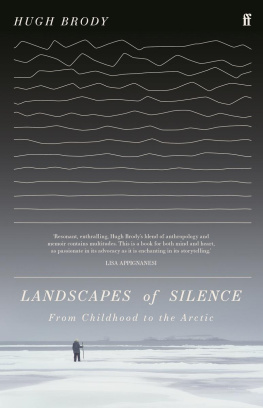
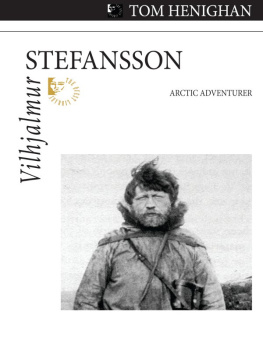
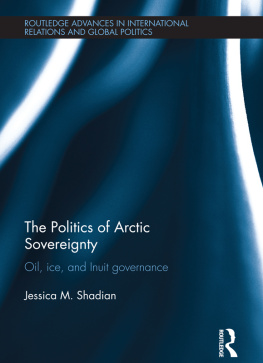
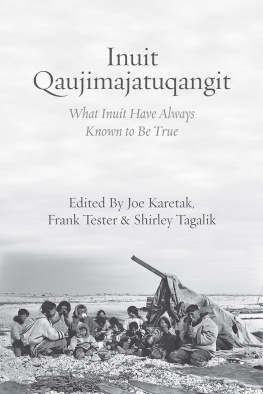
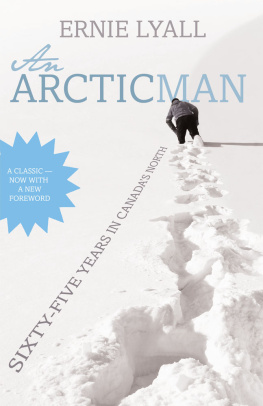
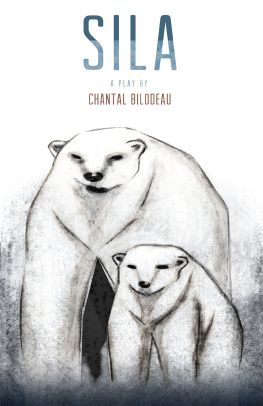

 This paper meets the requirements of ANSI / NISO Z39.481992 (Permanence of Paper).
This paper meets the requirements of ANSI / NISO Z39.481992 (Permanence of Paper).